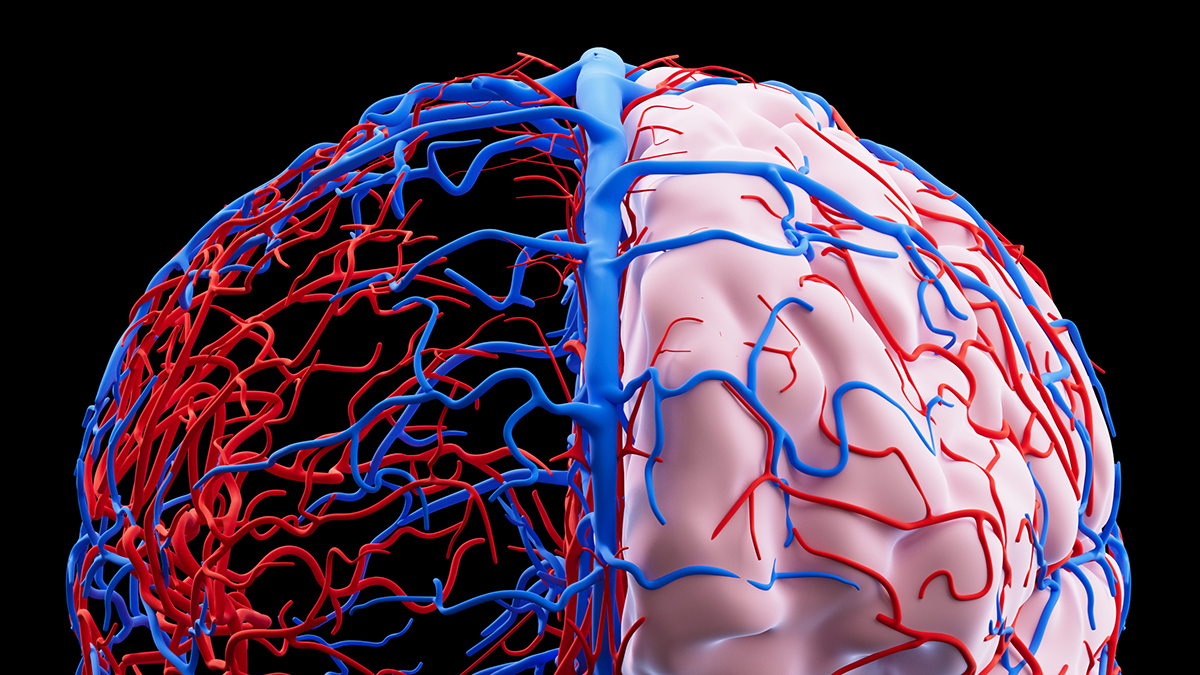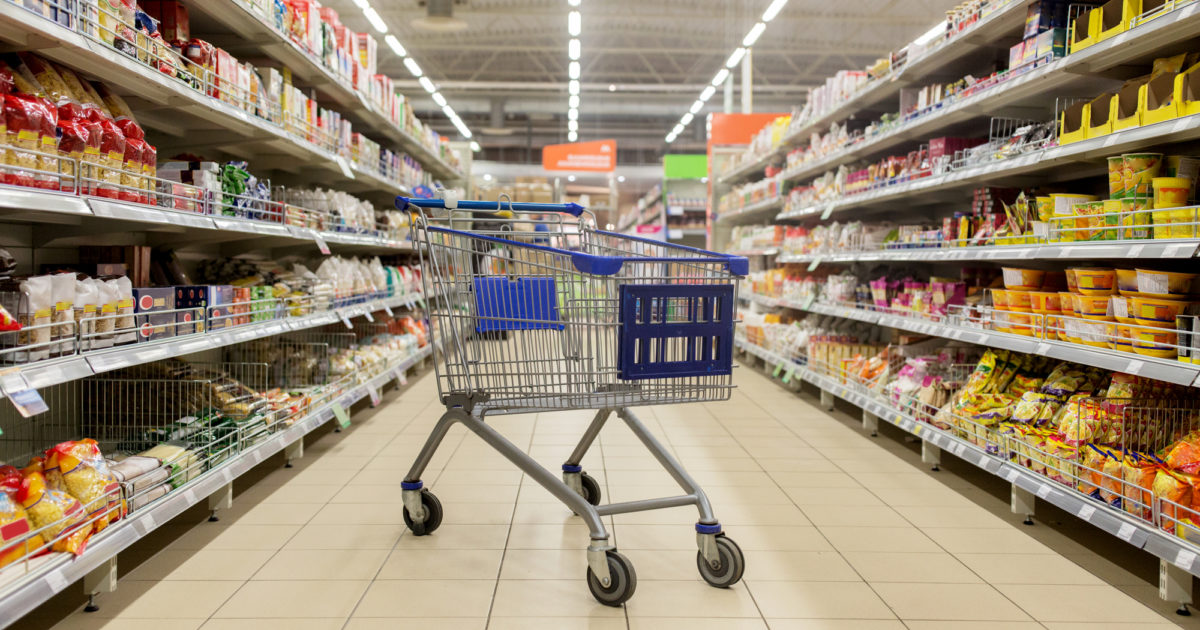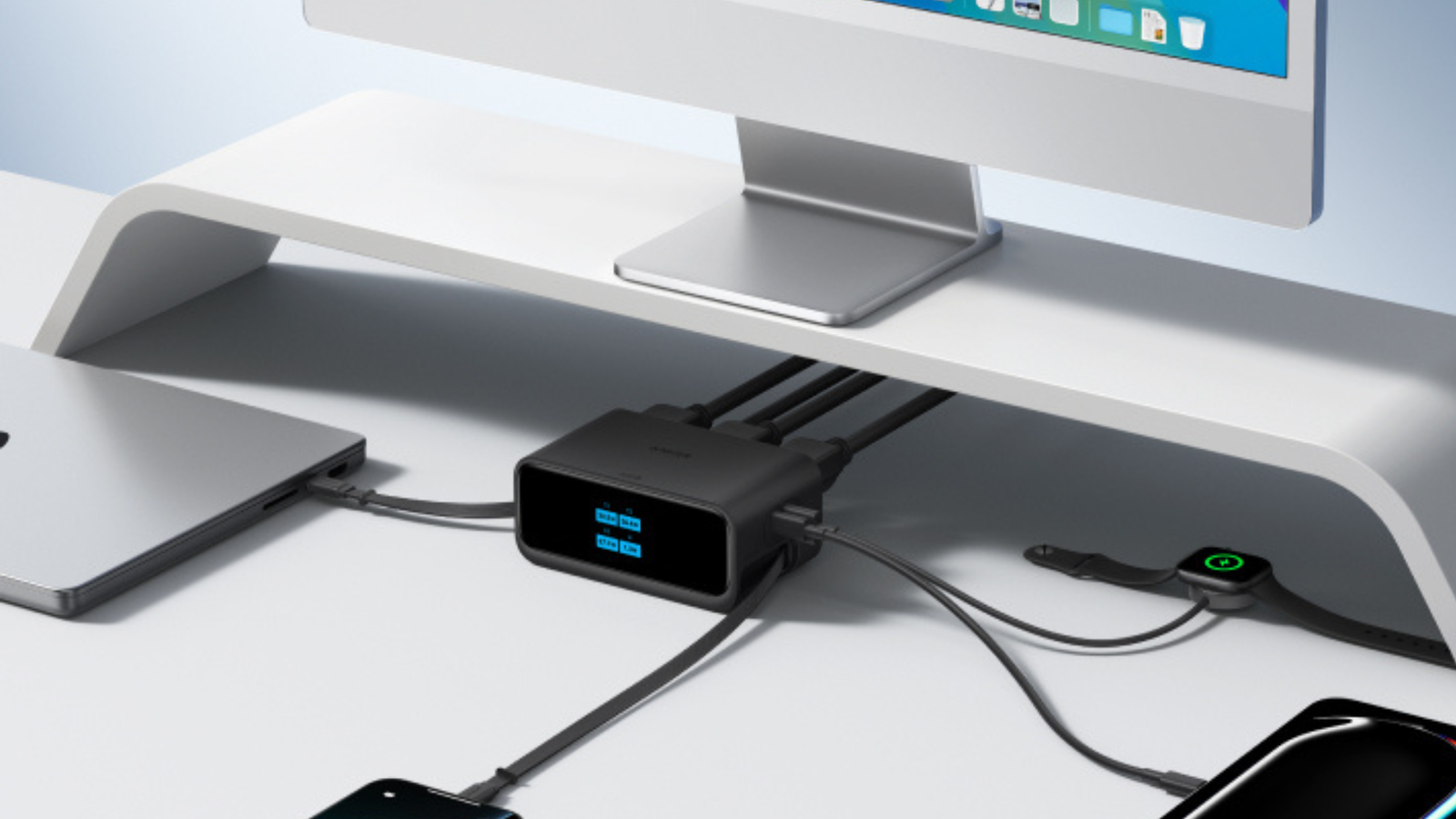- Ministry outlines roadmap to accelerate CPEC Phase-II Business Recorder
- China–Pakistan Economic Corridor relaunch exposes China–Pakistan interdependence East Asia Forum
- Pakistan strengthening provincial-level coop with China The Nation…
Blog
-
Ministry outlines roadmap to accelerate CPEC Phase-II – Business Recorder
-
Ministry outlines roadmap to accelerate CPEC Phase-II – Business Recorder
- Ministry outlines roadmap to accelerate CPEC Phase-II Business Recorder
- China–Pakistan Economic Corridor relaunch exposes China–Pakistan interdependence East Asia Forum
- Pakistan strengthening provincial-level coop with China The Nation…
Continue Reading
-

Microplastics May Be Tied to Vascular Dementia Cases, Review Finds : ScienceAlert
Vascular dementia is caused by blood flow issues in the brain: it’s one of the most common types of dementia, but not as well researched or understood as others.
Neuropathologist Elaine Bearer from the University of New Mexico is trying to…
Continue Reading
-

Late Injuries Shake Up Ireland Squad for Chicago Clash » allblacks.com
Ireland is preparing to head to Chicago for their Test with the All Blacks on Saturday next week with a string of injury concerns.
Wing Mack Hansen has been forced out of the touring squad while uncapped forwards Edwin Edogbo…
Continue Reading
-

ST Engineering Establishes Cybersecurity Centre of Excellence to Advance Agentic AI Innovation
Singapore, 21 October 2025 – ST Engineering today announced the establishment of its Cybersecurity Centre of Excellence (CoE) aimed at accelerating the development of agentic AI-driven cybersecurity solutions. Supported by Digital Industry Singapore (a joint office by the Economic Development Board, Enterprise Singapore and Infocomm Media Development Authority) and the Cyber Security Agency of Singapore (CSA), the CoE will strengthen ST Engineering’s cybersecurity capabilities, cultivate a skilled talent pipeline and drive innovation in the cybersecurity sector.
The Cybersecurity CoE will deliver enhanced cyber defence across enterprise IT, 5G, and OT/IoT systems, addressing the next wave of advanced threats. It will start with 26 specialists and grow to an 81-strong team, which will focus on AI, 5G, OT cybersecurity, threat response and security testing.
Building on ST Engineering’s proven expertise in designing and operating Security Operations Centres (SOCs) for critical information infrastructures, the Cybersecurity CoE will advance agentic AI application in next-generation SOCs, digital forensics, and incident response. These autonomous, self-learning solutions provide broader coverage, greater precision, and independent decision-making beyond traditional SOC capabilities. By continuously adapting to evolving cyber threats, the CoE positions ST Engineering at the forefront of industry-leading autonomous cybersecurity innovations.
“With AI and quantum computing, cyber threats are evolving faster and becoming more sophisticated. The Cybersecurity Centre of Excellence will bring together talent, research and advanced AI to strengthen our capabilities to develop cyber defences that are smarter, faster and more adaptive to new threats. Our Agentic AI SOC solution has already redefined new standards in detection and response – mitigating threats in seconds to swiftly protect critical systems,” said Goh Eng Choon, President of Cyber, ST Engineering.
“Digital Industry Singapore (DISG) welcomes the establishment of ST Engineering’s Cybersecurity Centre of Excellence (CoE), accelerating Singapore’s ambition for AI-driven cyber resilience and strengthening our national defence against evolving threats,” said Philbert Gomez, Executive Director & Head, Digital Industry Singapore. “The CoE will be a vital hub for developing autonomous AI solutions that will directly empower cybersecurity practitioners and enhance our capability to detect and combat sophisticated cyber threats at scale. This partnership reinforces Singapore’s resolve to be a globally leading AI hub.”
The Cybersecurity CoE will also nurture the next generation of cybersecurity talent through dedicated labs and training programmes at institutes of higher learning in Singapore, including Republic Polytechnic and Singapore Polytechnic. ST Engineering will train and upskill students on agentic AI solutions developed at the CoE, preparing them to thrive in AI-assisted cybersecurity environments and to harness agentic AI alongside other advanced technologies.
*****
For media enquiries, please write to us at news@stengg.com.
Continue Reading
-

Energy & Climate Intelligence Unit
The price of foods hit by extreme weather are rising over four times faster than others in the average shop according to new analysis from the Energy & Climate Intelligence Unit (ECIU) [1].
Using the latest ONS inflation data (August 2025), the analysis finds that although these items make up just 11% of the average shopping basket, they account for nearly 40% of all food price inflation.
Prices for these five foods – butter, beef, milk, coffee and chocolate – have risen by an average of 15.6% over the past year, compared with just 2.8% for other food and drink [1].
The findings come as food inflation remains a key contributor to the UK’s headline inflation rate, with the Bank of England warning that extreme weather is increasingly influencing prices [2], making it harder for them to bring inflation back to the two percent target. The analysis also challenges recent reports that increases to the minimum wage, employer national insurance and the introduction of a packaging tax are driving inflation. These are unlikely to have had a major impact on the five foods that ECIU have found to be driving inflation.
Chris Jaccarini, food and farming analyst at the Energy and Climate Intelligence Unit (ECIU) said: “Shoppers will have noticed that the price of the weekly shop has shot up in recent years. At 73p, a pint of milk now costs 23p more than it did at start of the gas crisis [1]. Milk, butter, beef, chocolate, coffee and olive oil have all been hit by extreme weather and have all become much more expensive. Both butter and beef prices have been driven up by poor grass growth after a historically hot, dry summer, forcing farmers to rely more heavily on bought-in feed. At the same time, a virus outbreak in European dairy herds, which scientists warn is more likely due to climate change, has kept demand for British dairy high.
“While a higher minimum wage and national insurance contributions play a role in food price inflation, they don’t explain why coffee, chocolate or butter prices are surging. Climate shocks are a big factor for these products though, and until we reach net zero emissions and stabilise the climate, households will keep seeing prices rise.
“After the warmest spring and summer and the driest spring in over 100 years, England had its second worst harvest on record this year [3]. This follows last year’s poor harvest which came after incredibly heavy rainfall, made worse by climate change [4]. We have now seen three of the five worst harvests on record this decade driven by extreme weather, telling a story of escalating climate impacts that farmers are struggling to cope with.”
As highlighted in the Bank of England’s August Monetary Policy Report ‘…dry weather conditions are pushing up the production costs of beef and some dairy products in the UK and elsewhere, as cows must be fed silage earlier in the year due to less grass growth [2].’ Alongside a major outbreak of bluetongue hitting milk production in Europe, the risk of which is known to be increased by climate change, [5] this has tightened the availability of milk, and cream pushing up prices.
It is not just British-grown foods that are at risk. The UK imports around 40% [6] of its food from overseas, including many staples like rice, bananas and tea, which we cannot simply grow at home. The commodity price for cocoa, essential for chocolate, has more than tripled in the past three years and doubled in the past two years [1], after extreme heat and rainfall in West Africa hit the cocoa harvest [7]. Much of this surge has yet to fully reach consumer prices, which have risen by a quarter in the past two years and 45% over three years.
Similarly, commodity prices for coffee rose sharply at the end of 2023 and continued to climb through 2024, reaching a peak in March 2025. Again, extreme weather played a major role, with drought in key coffee producing regions such as Brazil and Vietnam [1]. According to FAO estimates, it typically takes around one year for changes in raw coffee prices to filter through to retail prices, with effects lasting at least four years [8].
Anna Taylor OBE, Executive Director of the Food Foundation said: “We are seeing the price of certain products being driven up by extreme weather. This is a worrying trend. Government must treat this as a food security issue, and take steps to build the resilience of farming and our supply chains to shocks, so we can better buffer them. Otherwise, the weekly shop will keep getting more unpredictable – and more unaffordable – for millions of households.”
In 2022–23, climate impacts added an estimated £360 to the average UK household food bill [9]. Government forecasts suggest that the climate exposure of British households will deepen, with over half of UK fruit and legume imports coming from climate-vulnerable countries by 2050 [6].
Chris Jaccarini, food and farming analyst at the Energy and Climate Intelligence Unit (ECIU) said: “Central banks are clear that climate change increases food prices in ways they cannot control or predict, creating systemic risk to our food system [10]. There is no monetary policy lever they can pull to address this. Only by reducing our emissions to net zero and bringing balance back to our climate will we limit the impact of climate change on food prices in the future.”
ENDS
Notes to editors:
1. The analysis, which focused on butter, beef and veal, whole milk, chocolate and coffee, is available to download here.
2. August Bank of England Monetary Policy Committee Report and recent interview with Isabel Schnabel, Member of the Executive Board of the ECB
3. ECIU Comment on 2025 Defra Harvest Statistics
4. https://www.worldweatherattribution.org/autumn-and-winter-storms-over-uk-and-ireland-are-becoming-wetter-due-to-climate-change/
5. https://www.nature.com/articles/s41558-018-0376-6
6. Government -produced UK Food Security Report 2024.
7. https://www.worldweatherattribution.org/dangerous-humid-heat-in-southern-west-africa-about-4c-hotter-due-to-climate-change/
8. Reuters reporting on FAO report.
9. ECIU, Climate, Fossil Fuels and UK Food Prices: 2023
10. https://www.ecb.europa.eu/pub/pdf/scpwps/ecb.wp2821~f008e5cb9c.en.pdf
For more information or for interview requests:
George Smeeton, Head of Communications, ECIU, Tel: 07894 571 153, email: george.smeeton@eciu.net
Continue Reading
-
This couple left their jobs to travel 160,000 km across the world in their Land Rover
When 28 year olds Nick Chazee and Mathilde Vougny packed up their belongings to travel the world three years ago, they chose to do it in an unconventional way — in their Land Rover.
Chazee, who was working at a technology startup, and Vougny at the United Nations, were exposed to frequent work travel. But that did not abate their craving to travel more.
“Anytime we had free time, we would go around and travel like even if it was five hours away from home,” said Vougny.
Their passion for travel made them realize that they wanted to do it full-time.
They thought “wouldn’t it be so cool if we could just keep driving and go to Turkey and then to Central Asia, and then all the way to Singapore… and do the whole world,” said Chazee.
Financing the trip
It took the couple nearly two years to save up the money to realize their dreams. Initially, the trip was completely self-funded, according to Chazee.
It was only after the couple started documenting their travel on social media platforms that they could rely on that income stream to fund their trips.
“This life is the dream. It’s so much fun, and it’s freedom every day,” said Nick Chazee
However, the couple admitted that they had not intended to monetize their social media presence at the start.
“We’re already doing those videos, but it was for friends and family, so there was no pressure,” said Vougny.
They planned to stop their journey when finances ran out, but “the money started coming when we were doing it not for the money… we’re lucky,” Vougny told CNBC Travel.
Their expenses typically cover the diesel and maintenance of the car, Wi-Fi, Netflix and music subscriptions, visa, and shipping containers for the car to be transported, totaling an estimate of $41,000 per year.
The couple saves on utility bills, rent, and avoid hotels, resulting in a lifestyle that is much cheaper than before they started traveling for a living.
Since Chazee and Vougny need to ship their car whenever they fly to another country, the couple tries to save money by booking flights at the last minute.
That ensures they never have to reschedule a flight if their shipping plans are derailed, saving them a lot of money as shipment costs typically account for a large portion of their expenses, at an average of $6,000 a year.
Travelers who book their shipments and flights in advance risk having to rebook their flights with additional costs to accommodate the unpredictable shipping schedule, said Chazee.
“We literally buy the plane ticket the same day that we want to leave, so we pay maybe 10% more than what it cost two months ago, but at the end, we saved so much more.”
If shipment ever delayed their car, they continued traveling by motorbike.
“We don’t take planes usually anywhere, unless… it’s between our car and our motorbike,” said Chazee.
For this couple, the best experiences are found traveling off the main road
Nick and Mathilde
Managing daily routines in their Land Rover
With a 65-liter water tank refilled at fuel stations, a full-sized shower head, a dual-fuel stove system, and a 45-liter fridge, the vehicle was designed to support daily life on the road.
Laundry gets done every two weeks either by public laundry machines or through third-party services.
The “car setup is perfect in many places, except for the heat,” said Chazee. “We use fans for the night when we sleep… but it’s still too hot sometimes and so we’re sweating. It’s hard to sleep.”
On the other hand, when temperatures dropped to -15°C in Alaska, “we were inside in T-shirts and shorts because we [had] a diesel heater… [and] the hot shower,” he said.
45,000 kilometers traveled a year, half a day is spent driving and the other half doing activities
Nick and Mathilde
Bittersweet moments
In their three years of traveling in a Land Rover, the couple have experienced some rough bumps on the road.
One of such instances occurred after a draining process of shipping their Land Rover to Australia — a move that cost around $7,000.
“Five days after we start driving in Australia, the engine breaks down entirely… worst experience possible,” said Vougny.
After 10 minutes, a local stopped to help.
“We eventually spent 21 days at his home, he helped us fix the car… we were cooking for them, [and] they were cooking for us,” she said. “So even that I can’t recall as a bad memory, but it would totally qualify as a bad moment for us.”
Apart from mechanical challenges, being far from family meant that they had to keep their car parked safely abroad while they returned home.
“But again, we’re lucky because of the community we built online. We have people in every country, and they’re always so welcoming,” said Vougny. “Usually they take really good care of our home, because if they follow our journey, they also know our car very well, and so they care about it as much as we do.”
Highlights on the road
The couple has a little tradition — “every time we enter a country, we try to find a local from the country to stick the country flag on our car,” she said.
When they were camping in Bolivia, Vougny recalled an interaction with an old man who was afraid that they came to steal their llamas.
“And that was super nice because you know, we tend to be scared of strangers, [yet] he was scared of us… and eventually we talked,” she said. “For me, those small interactions are… my best memories.”
The car draws its own attention with its French license plate and a left-hand drive steering wheel. “So when we go eat, we usually get a bit of chit chat. You meet people,” she said.
One of the highlights of their trip across 160,000 kilometers, is that more than 300 people globally have invited the couple to their homes. “I save all of their names and their location, so when we get to these countries, we write to them again,” said Chazee.
They thought constant travel would wear them out, but it never did, said Vougny.
Though they are set on ending the trip in two years, there are plans for “a new, bigger vehicle and travel to the continents that we really want to do again, or that we feel like we haven’t seen enough,” he said.
Another possible plan is setting up a home base to welcome other travelers in the future and “give back… what we received on this trip,” said Vougny.
Continue Reading
-

Casio to Release Ring-Sized G-SHOCK
- Shock-Resistant Structure and 200-Meter Water Resistance
- Packed in Smallest Size in Brand’s History
TOKYO, Oct. 20, 2025 /PRNewswire/ — Casio Computer Co., Ltd. announced today the release of the DWN-5600, a new…
Continue Reading
-

Kilgallon appointed as Force’s new head of athletic performance
The Western Force is thrilled to confirm the appointment of Mark Kilgallon as the Club’s new head of athletic performance for the Super Rugby Pacific squad.
Kilgallon brings a wealth of experience across rugby and AFL, joining the Force from the…
Continue Reading
